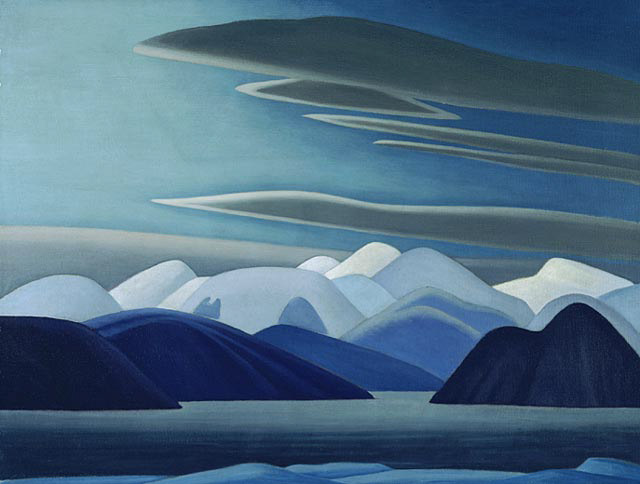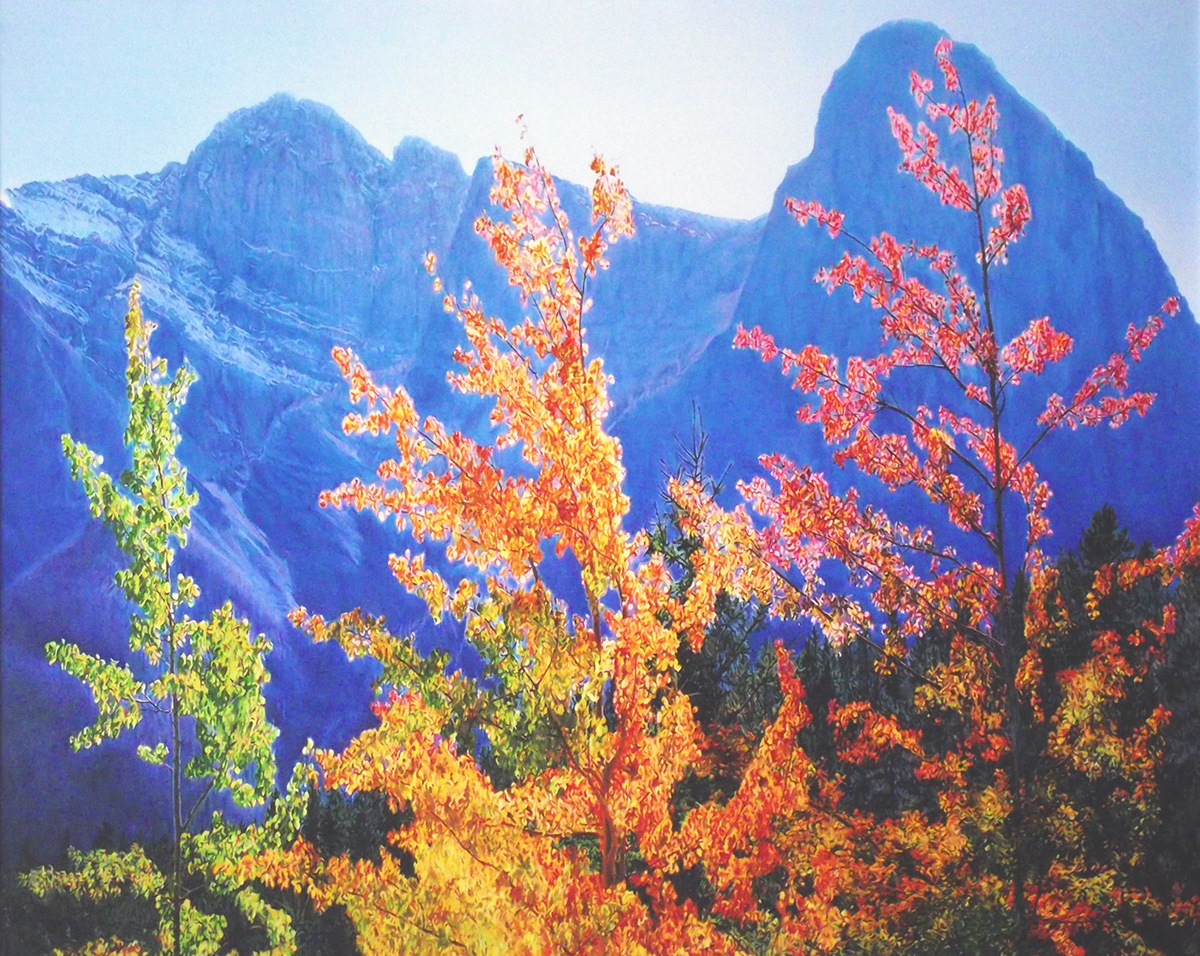THE SPIRITS BEHIND CANADA'S GROUP OF SEVEN PAINTERS
The Group of Seven, painters with a commitment to the Canadian landscape, formed in Toronto in 1919 and formally exhibited as a group for the first time in 1920. They disbanded in 1933 after the death of co-founder J.E.H. MacDonald.
The memory of their colleague Tom Thomson, who had died an untimely, and somewhat mysterious, death in 1917 and who was undoubtedly the most talented, inspired those painters to form the group after his death.
Their bold and bright use of paint and colour celebrated and suited the rugged beauty of the Canadian landscape. The Group of Seven became Canada’s most renowned and internationally known landscape painters.

The Jack Pine, Tom Thomson, 1916-1917, 50-in x 55-in., National Gallery of Canada
In an essay, "The Story of the Group of Seven", Lawren Harris wrote that Thomson was “a part of the movement before we pinned a label on it”.

Lawren Harris, Arctic, Baffin Island, North Shore
Eager to continue to create a distinctly Canadian art reflecting the country’s vast size and diverse terrain, five of them —Lawren Harris, J.E.H. MacDonald, A.Y. Jackson, Arthur Lismer and Frank H. (Franz) Johnston — all eventually came west to paint the imposing alpine country of the Rockies. All would make this journey again with the most frequent visitors being J.E.H. Macdonald and Lawren Harris.

Cathedral Peak From Lake O’Hara, J.E.H. MacDonald, 1924, 8.5-in. x 10.5-in, National Gallery of Canada
On April 16, 1917 Thomson wrote to his brother-in-law Thomas J. Harkness his plans for the summer: “. . . I may possibly go out on the Canadian Northern this summer to paint the Rocky’s (sic) but have not made all the arrangements yet.” However, on the afternoon of July 8, 1917, Thomson’s canoe was found floating upside down, and on July 16 his body was pulled from Canoe Lake. The verdict at the inquest was “death by accidental drowning.”
While Harris has been called the “front-man” for the Group of Seven, it was MacDonald who provided its philosophical ethos.
One of MacDonald’s favourite authors was the American transcendentalist philosopher Henry David Thoreau — after whom he named his son, the illustrator Thoreau MacDonald.
In his 1862 essay “Walking”, Henry David Thoreau, author of Walden, wrote that Sir Francis Bond Head (1793-1875) — a Royal Engineer, South American mine supervisor, and author of several popular travel books — who was appointed lieutenant-governor of Upper Canada (essentially southern Ontario) in 1835, “...tells us that,
‘...in both the northern and southern hemispheres of the New World, Nature has not only outlined her works on a larger scale, but has painted the whole picture with brighter and more costly colors than she used in delineating and in beautifying the Old World.... The heavens of America (North and South) appear infinitely higher, the sky is bluer, the air is fresher, the cold is intenser, the moon looks larger, the stars are brighter, the thunder is louder, the lightning is vivider, the wind is stronger, the rain is heavier, the mountains are higher, the rivers longer, the forests bigger, the plains broader.’ ”

September, Mount Lawrence Grassi and Ha Ling Peak, Canmore, Alberta. Mike Priaro, 2016-17, 28-in. x 35-in., oil on linen.
Sir Francis Bond Head and, in particular, Henry David Thoreau, along with Tom Thomson and J.E.H. MacDonald, were the guiding spirits behind the originality of the art of Canada’s Group of Seven painters.
Mike Priaro March 15, 2020 Calgary
To view a complete gallery of my landscape paintings:


